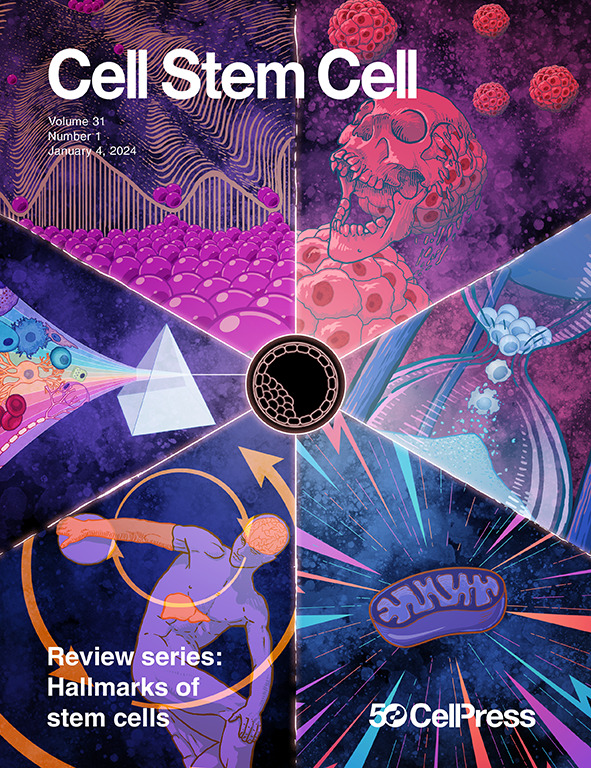增强保真度和功能的类神经器官生物工程创新
IF 20.4
1区 医学
Q1 CELL & TISSUE ENGINEERING
引用次数: 0
摘要
神经类器官已被用来概括发育中的神经系统的不同方面。虽然被誉为研究人类神经发育和神经病理学的有前途的实验工具,但目前的神经类器官并不能完全概括发育中的大脑、脊髓或周围神经系统的解剖结构或微电路水平的功能。在这篇综述中,我们讨论了控制形态信号和生物物理微环境的新兴生物工程方法,这些方法提高了神经类器官的效率、保真度和实用性。此外,生物工程工具的进步促进了对神经类器官功能和应用的更复杂的分析,包括改进的神经-生物电子接口和基于类器官的信息处理。新兴的生物伦理问题与先进的神经类器官也进行了讨论。神经类器官研究的未来机遇在于提高它们的保真度、成熟度和复杂性,并以可扩展的方式扩展它们的应用。本文章由计算机程序翻译,如有差异,请以英文原文为准。
Bioengineering innovations for neural organoids with enhanced fidelity and function
Neural organoids have been utilized to recapitulate different aspects of the developing nervous system. While hailed as promising experimental tools for studying human neural development and neuropathology, current neural organoids do not fully recapitulate the anatomy or microcircuitry-level functionality of the developing brain, spinal cord, or peripheral nervous system. In this review, we discuss emerging bioengineering approaches that control morphogen signals and biophysical microenvironments, which have improved the efficiency, fidelity, and utility of neural organoids. Furthermore, advancements in bioengineered tools have facilitated more sophisticated analyses of neural organoid functions and applications, including improved neural-bioelectronic interfaces and organoid-based information processing. Emerging bioethical issues associated with advanced neural organoids are also discussed. Future opportunities of neural organoid research lie in enhancing their fidelity, maturity, and complexity and expanding their applications in a scalable manner.
求助全文
通过发布文献求助,成功后即可免费获取论文全文。
去求助
来源期刊

Cell stem cell
生物-细胞生物学
CiteScore
37.10
自引率
2.50%
发文量
151
审稿时长
42 days
期刊介绍:
Cell Stem Cell is a comprehensive journal covering the entire spectrum of stem cell biology. It encompasses various topics, including embryonic stem cells, pluripotency, germline stem cells, tissue-specific stem cells, differentiation, epigenetics, genomics, cancer stem cells, stem cell niches, disease models, nuclear transfer technology, bioengineering, drug discovery, in vivo imaging, therapeutic applications, regenerative medicine, clinical insights, research policies, ethical considerations, and technical innovations. The journal welcomes studies from any model system providing insights into stem cell biology, with a focus on human stem cells. It publishes research reports of significant importance, along with review and analysis articles covering diverse aspects of stem cell research.
 求助内容:
求助内容: 应助结果提醒方式:
应助结果提醒方式:


